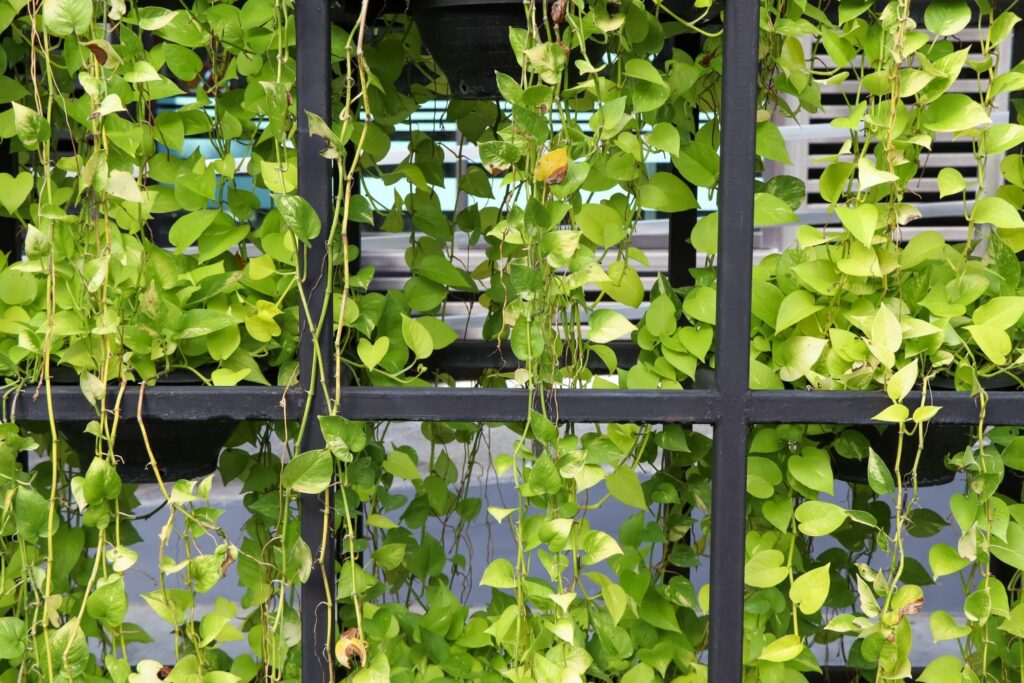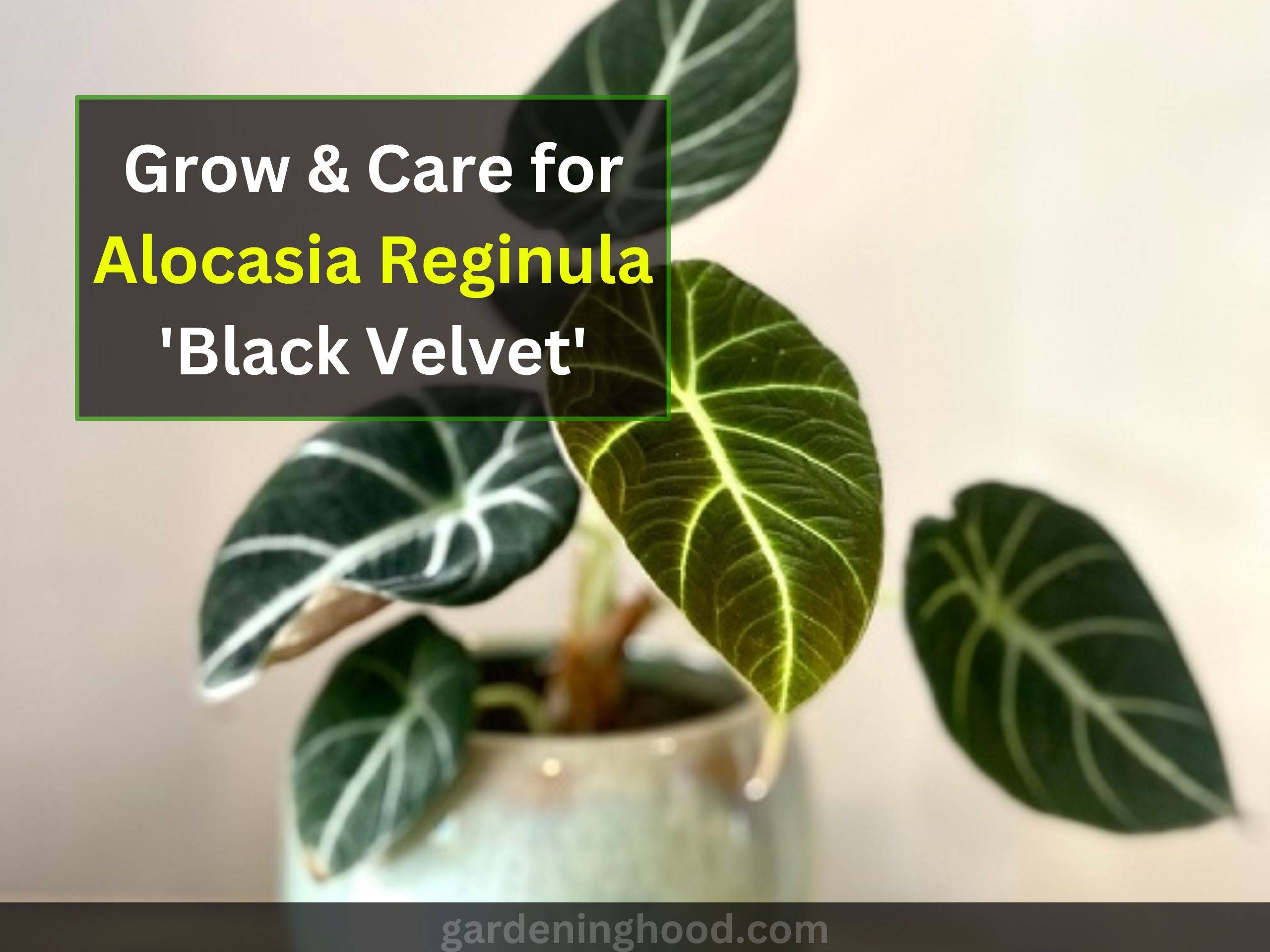Pothos Aerial Roots: What Are They And How To Manage Them
When you grow pothos plants in your area, you observe some brown-colored roots coming from the nodes, they are called aerial roots. How to manage the aerial roots? Hey folks! I’m Anna Scott, a Gardener by heart and Profession, started my Journey 15 years ago and Now I am teaching other gardeners as well to achieve their goals.
Pothos also called Devil’s Ivy is easy to grow plant but sometimes there are brown roots that come out from the stems. Do you think they are normal? What are Pothos’ aerial roots? Does it need to be cut down? Aerial roots will grow on various plants like Philodendrons, Monsteras, Orchids, Fiddle Leaf Figs, Rubber Plants, and Lacy Tree Philodendrons and Pothos as well. Aerial roots will grow because of lack of sunlight, excess humidty, etc.
So, what else do you need I am here with the right guide to learn about the Pothos aerial roots. Let’s get started to throw some light on all those segments.

What Are Aerial Roots?
Before proceeding, it is important to know about the aerial roots. Aerial roots tend to grow in the air instead of growing in the soil. Usually, the aerial roots will develop on those parts of the plant that are above the ground level like shoots, stems, etc. Sometimes, they are also called air roots. The aerial roots will help in affixing the vine structures like walls, trellis, and rocks for support.
These roots will double up as breathing roots which shows that they will absorb the nutrients, moisture, and gases from the air. Some plants tend to grow on the other plants and air roots are one of those epiphytes. It also includes other species such as pothos, epiphytic orchids, rubber trees, philodendrons, and monstera etc.
What Are Pothos Aerial Roots & What Are Their Functions?
As mentioned there are various types of aerial roots for different reasons. Some of the aerial roots tend to produce support. Some varieties will absorb oxygen such as Mangrove trees. Pothos is considered an epiphytic vine in its native area of French Polynesia.
It means that it will climb up and live on the trees. It will grow happily towards the dappled light and rainwater. Aerial roots tend to support the stems and foliage as they begin to climb. Pothos will already grow so high because they absorb water and nutrients from the roots.

These roots tend to start as green nubbins at the nodes where elaevs come in contact with the stem. It will turn brown after producing a tough outer layer. They will grow long in your area till they are alive. Some of the aerial roots that are hollow will die and are of no use.
Are Aerial Roots Necessary For Houseplants?
Pothos aerial roots are not necessary for plants especially to survive in the wild. They tend to retain the humidity and oxygen from the air.
It can aid in propagation, the only purpose of the aerial roots is to climb. Let’s know some of the factors that tell the necessity of aerial roots for houseplants in detail. They are as follows:
Support
- When you grow potted pothos in your area, then it is important to give them a moss pole or trellis for support.
- It will help in growing the aerial roots by supporting them when they climb.
- Hanging baskets pothos may not grow aerial roots that vary with the variety you have grown as some varieties do not climb.
Water & Nutrients
- Pothos will retain the water and absorb all the nutrients with the help of aerial roots.
- It is not too important for the houseplant if you are already feeding it with a good amount of water and fertilizers frequently.
- When there is heat during winter, then the aerial roots will help the plant to remain healthy.
- It will provide the pothos with a good amount of humidity to grow like a humidifier or make use of a pebble tray filled with water.
Propagation
- Aerial roots do not grow new plants which means they do not get propagated by themselves.
- However, they tend to aid in the propagation process by growing soil roots.
- If roots are attached to the stem with a node in water, then only it helps in propagation.
What Makes Aerial Roots on Pothos Grow?
Various conditions will develop aerial roots on the pothos such as the need to climb. Other factors that tend to influence the pothos to grow aerial roots such low sunlight, good amount of humidity, lack of nutrients, oversupply of water, less water, and many other factors discussed below. They are as follows:
Low Light
- The ideal range of light required by this plant is bright indirect sunlight.
- Sometimes, this plant receives direct sunlight which tends to ruin the plant leaves.
- Usually, this plant can adapt to low sunlight conditions but will slow its growth.
- The leaves will begin to turn yellow and sometimes aerial roots will be grown to reach the plant to adapt to sunlight.

High or Low Temperatures
- The average level of temperature required by this plant is 65-75 degrees Fahrenheit.
- They can tolerate a level of temperature of about 90 degrees Fahrenheit.
- If the temperature goes more than this, then the plant’s growth will be wilted and stunted.
- Moreover, the situation of the plant will be the same if the temperature goes below 50-55 degrees Fahrenheit.
- When the temperature will drop, then the leaves will fall. It tends to cause aerial roots on the pothos.
High Humidity
- Pothos like to absorb humidity through their aerial roots. Thats why it is suggested to feed the pothos with a good amount of humidity.
- Place the plant near a humidifier to raise the humidity level in the plant.
- Also, by keeping the pothos in the kitchen or bathroom where the humidity is high, you can save your plant.
- It will begin to develop aerial roots subject to the good level of moisture received by it.
Nutrient Deficiencies
- Pothos liked various nutrients for its growth. Especially in its native region, It absorbs nutrients through the aerial roots.
- Sometimes, when the soil becomes degraded, pothos will also try to retain more nutrients by developing aerial roots.
Overwatering & Underwatering
- Aerial roots will absorb the oxygen from the air and then supply that oxygen to the suffering plant.
- Keep the plant in a well-drained pot that has a good amount of drainage holes.
- Water the plant fully until the water begins to flow out from the drainage holes.
- Also, if the top 1-2 inches of the plant is dry, then only water the plant.
- Make use of a moisture meter to check the plant’s requirements.

What To Do With Aerial Roots on Pothos Plants: Should You Cut Them Off or Leave Them?
Aerial roots play a good role in the growing of pothos plants, especially in their natural rainforest habitat. But Being a houseplant, it is not important for them.
They are even good for the pothos plant to climb on a moss pole. As mentioned, it will also help in the propagation. If the plant is not attractive anymore, then it is suggested to trim off the plant.
Either completely cut the aerial roots or you can prune them on time. Prune them closely to the stem to remove them. Keep in mind to use sharp and sterilized scissors or shears for doing so. So do not worry as it will not damage the plant’s growth.
Summing up the context
In this guide, you come to know that Pothos also called Devil’s Ivy is easy to grown plant but sometimes there are brown roots that come out from the stems. Do you think they are normal? What are Pothos’ aerial roots? Does it need to be cut down?
Aerial roots will grow on various plants like Philodendrons, Monsteras, Orchids, Fiddle Leaf Figs, Rubber Plants, and Lacy Tree Philodendrons and pothos as well. Aerial roots will grow because of lack of sunlight, excess humidty, etc. Some of the aerial roots tend to produce support. Some varieties will absorb oxygen such as Mangrove trees.
Pothos is considered an epiphytic vine in its native area of French Polynesia. It means that it will climb up and live on the trees. It will grow happily towards the dappled light and rainwater. Aerial roots tend to support the stems and foliage as they begin to climb. Pothos will already grow so high because they absorb water and nutrients from the roots. I hope you are clear with the guide. I will come back with another informative guide soon. Till then safe gardening.
Thanks for reading! Happy Gardening!
FAQs
Can I put Pothos aerial roots in the soil?
Yes, why not? Keep misting the plant when it becomes dry. Another option is to keep the plant keep the stem in the soil without covering it with the soil. After a few days, you will observe aerial roots coming out in the soil.
What happens if you plant aerial roots?
If you are planning to do so, then you can put the aerial roots in the soil. They will absorb the water and nutrients from the soil but they will not act as aerial roots.
Do aerial roots absorb nutrients?
Yes, aerial roots tend to absorb the water and nutrients from the air. Various types of aerial roots are available like mangrove which is edging used for aeration instead of water absorption.



